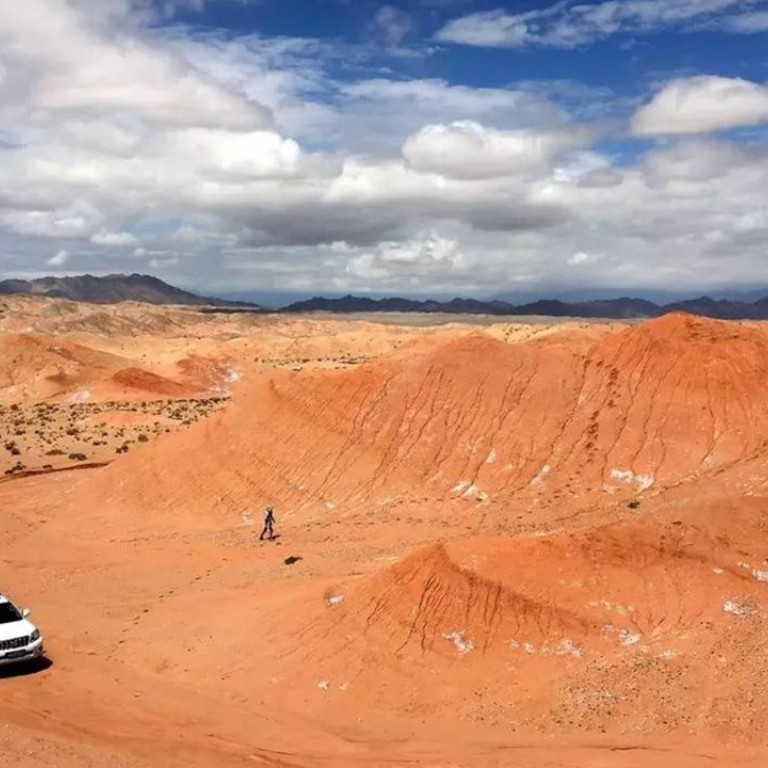
China’s Mars base plan revealed ... and covering 95,000 sq km, there’s certainly plenty of space
Scientists, government officials agree blueprint for development of ambitious project on Qinghai plateau
China’s plan to build a “Mars village” on a remote plateau in the country’s far northwest will cost about 400 million yuan (US$61.1 million), according to a blueprint for the project drawn up over the weekend.
The estimate was set after scientists and government officials from Delingha in Qinghai province, which will host the base, met to discuss the development of the scheme, Xinhua reported on Wednesday.
Liu Xiaoqun, director of lunar and deep space exploration at the Chinese Academy of Sciences, was quoted as saying that the project would combine tourism and scientific exploration, though the report did not say when it might open.
The proposed base covers 95,000 square kilometres in the Qaidam Basin, an arid desert region on the Qinghai-Tibet plateau, whose barren, rocky landscape most closely resembles the geographical conditions found on Mars, government officials said earlier.
It will comprise a large Mars-themed tourist attraction open to the general public and a simulated space exploration camp, complete with living accommodation, for those who want to taste what it might be like to live on the Red Planet.
“People dream about migrating to Mars, so what we want to do is give people a high-end experience of what it would actually be like to live in outer space,” Liu was quoted as saying.
He said he hoped the base would become a hub for scientific research and education.
The ambitious project has been in the works since November, when the government of Haixi prefecture in Qinghai signed a deal allowing the Chinese Academy of Sciences to use its land.
Zhang Biao, the deputy mayor of Delingha, said he hoped the project would provide a much-needed boost to the local economy.
“The construction of the simulated Mars base has important scientific and ecological significance,” he said. “It not only allows people to learn more about Mars and space exploration, but will also benefit economic development in the area.”
Despite being rich in natural resources, Qinghai remains largely undeveloped in comparison to China’s coastal areas, and has the second-lowest GDP of all Chinese provinces.
Planners are also hoping to capitalise on the area’s proximity to the Hexi Corridor in neighbouring Gansu province, which contains several tourist attractions linked to the ancient Silk Road that ran from the Tibetan Plateau to Central Asia.
Last year, the Chinese government revealed plans to launch an unmanned Mars mission in 2020. Artists’ impressions of the orbiter, lander and rover designed to probe the planet’s surface were released to the public last summer.
Other countries have set up bases that simulate life on Mars or the journey to the planet.
In 2015, a study funded by Nasa allowed six researchers to live in a “Martian” habitat in Hawaii for a year, while in 2010-11, a group of volunteers, including one Chinese, lived in a pseudo spaceship in Moscow for 520 days, the estimated time it would take to travel from Earth to Mars and back again.

